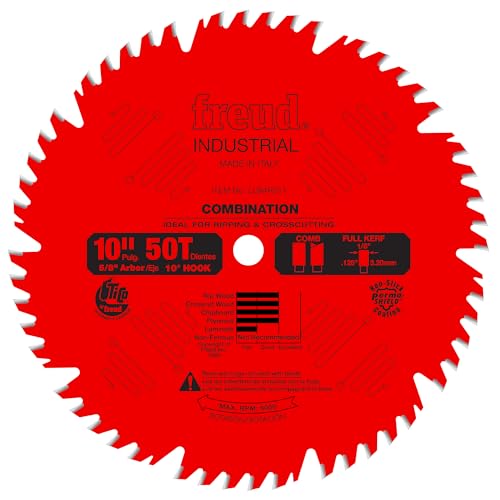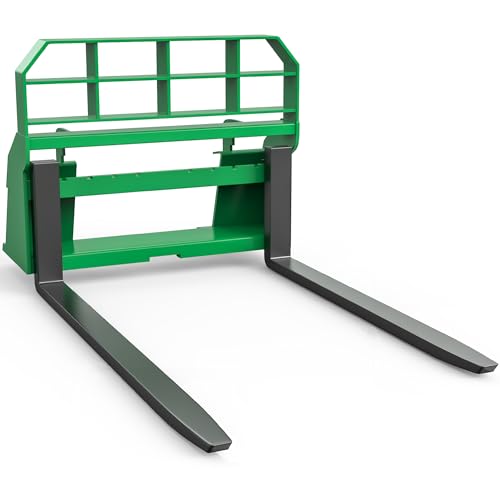


Bonsai trees are known for their unique size and beauty. These miniature trees have been a popular art form in Japan for centuries, and they are now enjoyed by people all over the world. But just how big are bonsai trees?
Well, the size of bonsai trees can vary depending on the type of tree and the preferences of the grower. Some bonsai trees can be as small as a few inches tall, while others can grow to be several feet tall. The goal of bonsai cultivation is to create a tree that resembles a full-sized tree but in a much smaller scale.
To achieve this, bonsai growers carefully prune and train the branches and roots of the tree. They also use specific techniques to control the growth of the tree and limit its size. By using these techniques, growers can create bonsai trees that are small enough to be kept indoors or displayed on a table, or larger bonsai that can be placed outdoors in a garden.
It’s important to note that bonsai trees are not naturally small. Instead, they are created through careful cultivation and maintenance. This makes them living works of art that require regular care and attention. Bonsai trees can live for many years, even generations, if they are properly cared for.
Understanding the Size of Bonsai Trees
Bonsai trees are known for their miniature size, which is a result of careful cultivation and pruning techniques. These trees can range in height from a few inches to several feet, depending on the species and the age of the tree.
The size of a bonsai tree is often measured by its height and the width of its trunk. The height of a bonsai tree is typically measured from the base of the trunk to the topmost point of the tree. This height can vary depending on the style and shape of the tree, as well as the preferences of the bonsai artist.
The width of the trunk is another important factor in determining the size of a bonsai tree. The trunk width is measured at the base of the tree and can vary depending on the species and age of the tree. A thicker trunk is often associated with a more mature and larger bonsai tree.
It’s important to note that the size of a bonsai tree can be deceiving. Even though they are small in stature, bonsai trees require a great deal of care and attention. They have complex root systems and need regular pruning to maintain their desired size and shape. In fact, the art of bonsai involves maintaining the illusion of an ancient, full-sized tree in miniature form.
Whether you choose a small bonsai tree for a tabletop display or a larger specimen for a centerpiece, understanding the size of bonsai trees is important for selecting the right tree for your needs. By considering the height and trunk width, you can find a bonsai tree that fits perfectly in your home or garden.
Factors that influence bonsai tree size
Several factors can influence the size of a bonsai tree. These factors include:
| Factor | Description |
|---|---|
| Bonsai species | Different bonsai species have different growth characteristics and sizes. Some species naturally grow taller and larger, while others tend to stay smaller and more compact. |
| Cultivation techniques | The techniques used to cultivate and prune a bonsai tree can influence its size. Pruning, wiring, and root pruning can all be used to control the growth and shape of the tree. |
| Age | Generally, older bonsai trees are larger than younger ones. As a tree matures, it develops a larger trunk and branches, resulting in a larger overall size. |
| Container size | The size of the container in which a bonsai tree is planted can also impact its size. A larger container allows the roots to grow more freely, which can lead to a larger tree. |
| Environmental conditions | The environmental conditions in which a bonsai tree is grown can affect its size. Factors such as sunlight, temperature, humidity, and water availability can all influence the growth and development of the tree. |
By considering and managing these factors, bonsai enthusiasts can create trees of various sizes, ranging from miniature to larger, more impressive specimens.
Caring for small and large bonsai trees
Whether you have a small or large bonsai tree, proper care is essential to ensure its health and longevity. Here are some tips to help you take care of your bonsai trees:
1. Watering: Bonsai trees require regular watering to maintain their moisture levels. It is important to water them when the soil feels slightly dry, but avoid overwatering as it can lead to root rot. Be sure to use room temperature water and saturate the soil thoroughly during each watering.
2. Light: Bonsai trees need a good balance of light to thrive. Small bonsai trees can be kept indoors near a window where they can receive bright, indirect sunlight. Large bonsai trees, on the other hand, are better suited for outdoor locations where they can get direct sunlight for a few hours a day.
3. Pruning: Regular pruning helps maintain the shape and health of your bonsai trees. It is important to trim the branches and roots as necessary to promote air circulation and prevent overcrowding. Pruning should be done during the tree’s dormant period to avoid stress on the tree.
4. Fertilizing: Bonsai trees require regular fertilizing to provide them with the necessary nutrients. Small bonsai trees can be fertilized every two weeks during the growing season, while large bonsai trees can be fertilized once a month. Use a balanced fertilizer and follow the instructions on the packaging for proper application.
5. Repotting: Bonsai trees need to be repotted every few years to refresh the soil and prevent root binding. Small bonsai trees can be repotted every 2-3 years, while large bonsai trees may only need to be repotted every 3-5 years. When repotting, be sure to use a well-draining soil mix and prune the roots if necessary.
| Small Bonsai Trees | Large Bonsai Trees |
|---|---|
| Can be kept indoors | Best suited for outdoor locations |
| Require regular watering | Require regular watering |
| Pruning is necessary to maintain shape | Pruning is necessary to maintain shape |
| Repotted every 2-3 years | Repotted every 3-5 years |
By following these care guidelines, you can ensure that your small or large bonsai tree remains healthy and beautiful for years to come.
Choosing the right size bonsai tree for your space
Bonsai trees come in various sizes, ranging from small to medium and even large. When selecting a bonsai tree for your space, it is important to consider the size that will best suit your surroundings.
Small Bonsai Trees
Small bonsai trees are perfect for those with limited space or for beginners looking to get started with bonsai cultivation. These tiny trees can fit comfortably on a windowsill, desk, or any small tabletop. They require less maintenance and are easier to handle compared to larger bonsai trees.
Despite their size, small bonsai trees can still display intricate details and artistic shapes. It’s amazing how these miniature trees can captivate attention and create a sense of tranquility.
Medium Bonsai Trees
Medium bonsai trees strike a balance between small and large trees. They are ideal for those with a bit more space, such as a larger desk or a dedicated bonsai display area. Medium-sized bonsai trees allow for more creative freedom in terms of styling and design.
With medium bonsai trees, you can experiment with different techniques like wiring and pruning to create your desired shape. These trees also tend to have more elaborate root systems, enhancing the overall aesthetic appeal.
Large Bonsai Trees
Large bonsai trees make a bold statement in any space. These majestic trees are best suited for outdoor gardens, patios, or spacious rooms. Due to their size, they require more care and maintenance, including regular pruning and repotting.
With a large bonsai tree, you can truly appreciate the beauty of nature and the art of bonsai. The grandeur and presence of these trees create a striking focal point that adds elegance and uniqueness to any environment.
In conclusion, the size of your bonsai tree should be based on the available space and your level of commitment to care. Whether you choose a small, medium, or large bonsai tree, each size offers its own charm and rewards. Consider your space and personal preferences to find the perfect bonsai tree that will bring beauty and harmony to your surroundings.





